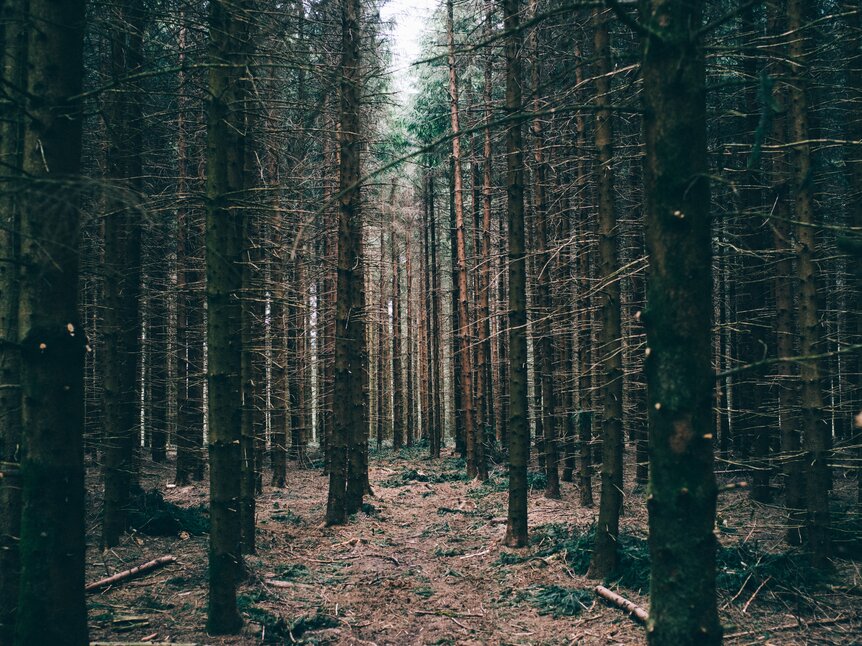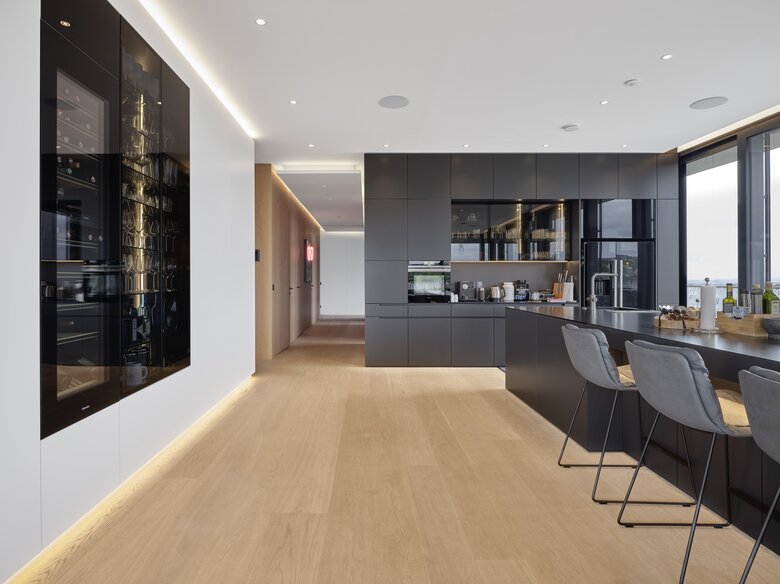

The Difference
The value of a wooden floor is often only appreciated over time. It's the details that matter, hidden beneath the surface. Here, we'll show you what sets mafi apart from other wooden floors and why the following topics are of central importance:
- our symmetrical plank construction
- the evolutionary surface
- indoor air quality
- designed for underfloor heating
- exceptional slip resistance
- increased water resistance
- a clear approach: less is more
A triangle of stability, naturalness, and health that mutually reinforces and fertilizes each other. We use the same wood for both the top and bottom layers, significantly reducing the movement of the wood – stability is greatly increased. The surface of our planks remains unaltered and breathable, thanks to the air-dried, oiled finish. Our natural wood floors contain no harmful, unnatural additives, only formaldehyde-free white glue and VOC-free linseed oil.
Unique Properties
The symmetrical plank construction significantly reduces the risk of gaps. Therefore, mafi natural wood floors are not only suitable for underfloor heating but even ideal.
The unadulterated surface of our planks has two effects. On the one hand, this results in very high slip resistance (R11 - R13), and on the other hand, thanks to the open-pored finish, water can be absorbed and released back into the room air.
In general, we take more time for each individual plank at many stages, aiming for a better result and higher quality.









